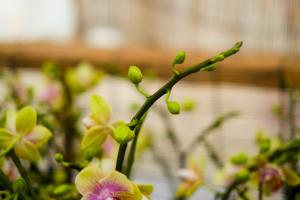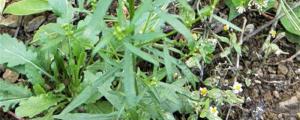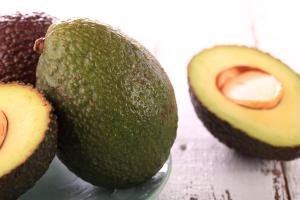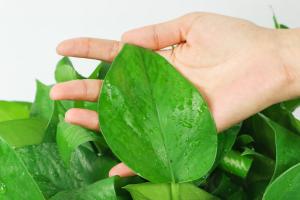Introduction
There are many wonders in the natural world, and few are as ubiquitous and important as trees and plants. They are everywhere, from the rainforests of the Amazon to the tundra of the Arctic, and play a huge role in shaping the environment and sustaining life on our planet. But are they really alive? In this article, we will explore the question of whether trees and plants are living things.
What makes something alive?
First, let's establish some basic criteria for what it means to be alive. To be considered a living organism, something must:
Be made up of cells;
Have the ability to grow and develop;
Respond to stimuli;
Reproduce;
Maintain homeostasis;
Obtain and use energy.
Do trees and plants meet these criteria?
In short, yes! Trees and plants are made up of cells, just like all other living organisms. They also have the ability to grow and develop, responding to various environmental factors like light, water, and nutrients. We can see evidence of this in the patterns of growth and branching that we observe in trees and plants. They also respond to stimuli, such as bending towards a light source or producing toxins to ward off predators or competitors.
Reproduction is a key characteristic of living things, and trees and plants reproduce in a variety of ways. Some produce seeds, others reproduce asexually through methods like budding or vegetative propagation. Some species of trees even require fire in order to produce seeds, demonstrating a sophisticated adaptation to their environment.
Maintaining homeostasis, or the ability to regulate internal conditions in the face of changing external conditions, is another hallmark of life. Trees and plants are able to do this through various mechanisms such as opening and closing stomata to control water loss, and producing chemical compounds in response to stresses like drought or herbivory.
Finally, trees and plants obtain and use energy through the process of photosynthesis. This is a particularly impressive feat, as photosynthesis is what allows trees and plants to convert sunlight into the energy they need to sustain growth and reproduction.
Conclusion
So, are trees and plants living things? The answer is a resounding yes! They meet all of the criteria for being alive, and play an incredibly important role in the functioning of ecosystems all around the world. They are a testament to the wonders of the natural world, and remind us of the complex and delicate balance that is required to sustain life on our planet.

 how many times do yo...
how many times do yo... how many planted tre...
how many planted tre... how many pine trees ...
how many pine trees ... how many pecan trees...
how many pecan trees... how many plants comp...
how many plants comp... how many plants can ...
how many plants can ... how many plants and ...
how many plants and ... how many pepper plan...
how many pepper plan...































